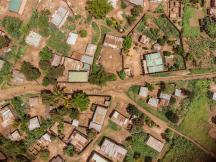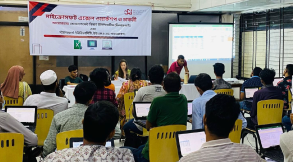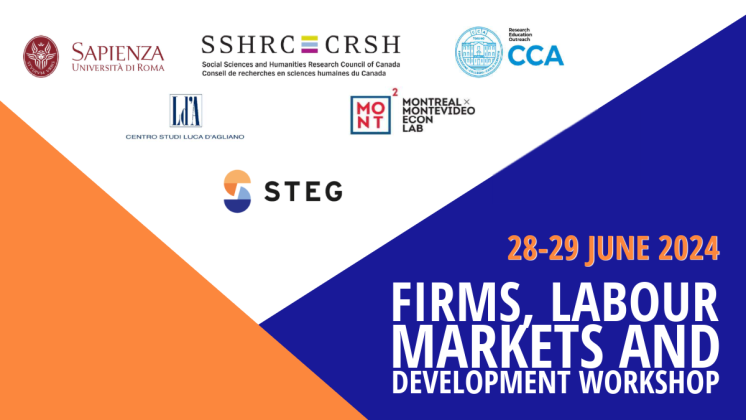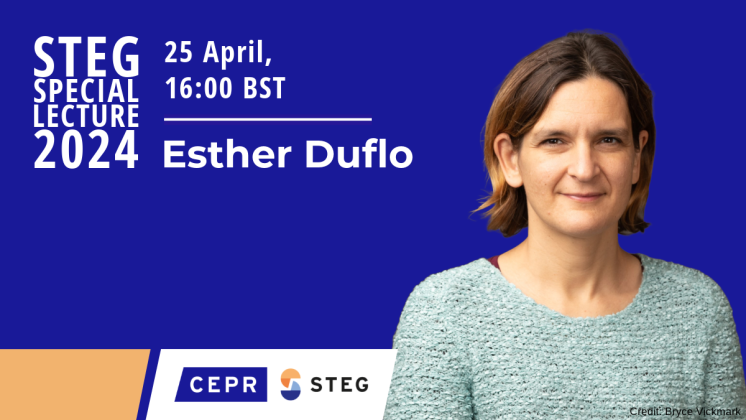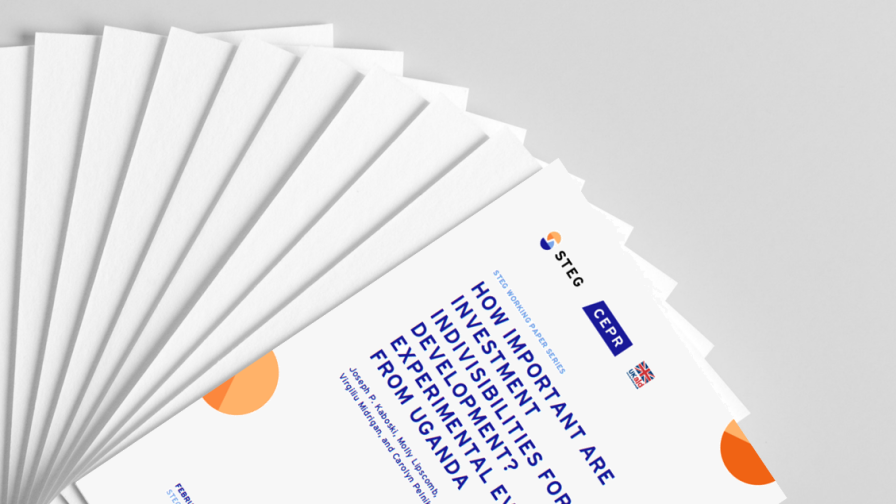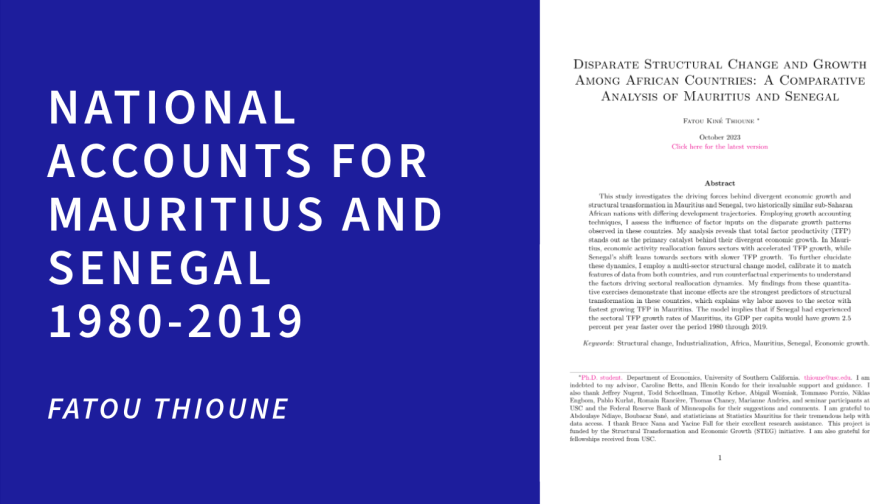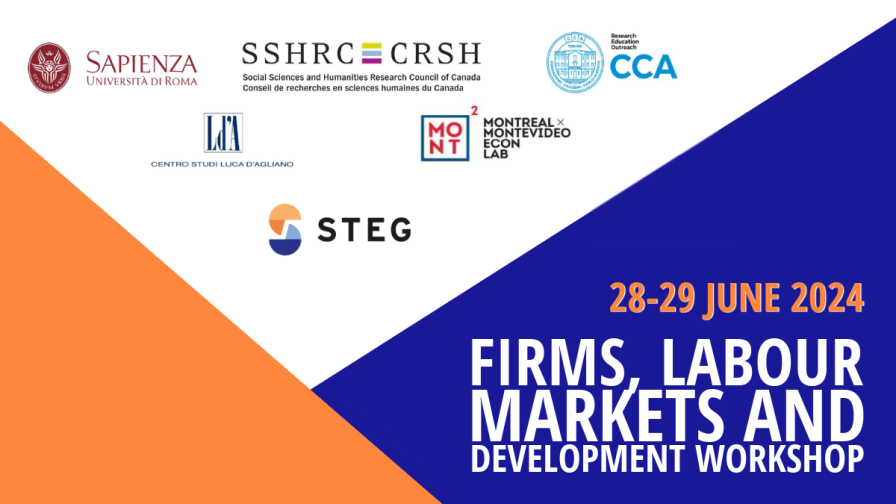This paper argues for a greater emphasis on structural policy reforms, with priorities within it informed both by a country’s structure and what is new in the global context. It is organized along four productivity channels. Within this productivity framework, it lays out 10 ways that current trends should inform and update priorities. Section 2 does three things. It summarizes the productivity framework for STEG and why structural reforms need to be at the center to achieve inclusive dynamic gains, sustainably and at scale. It then discusses how to prioritize recommendations within the framework. A country’s structure should inform priorities. But sectors are not the focus per se; they matter in that the scope for different productivity channels vary across them. Third, it then identifies key global trends and why they are important for updating priorities in this agenda going forward. Sections 3-6 then look at how each of the productivity channels of the framework are being affected by these current trends. The discussion highlights the impact of COVID and its policy responses on an uneven recovery, but also the greater interest in resilience and sustainability, shifting approaches to globalization, and the acceleration of digitalization. Each section discusses implications for how the traditional structural transformation agenda can be updated to inform priorities for more countries to use this time of adjustment and recovery truly to build back better.
Synthesis Paper
Structural Transformation and Economic Growth: 10 Policy Priorities for Africa in the Post-COVID World

Related content
















